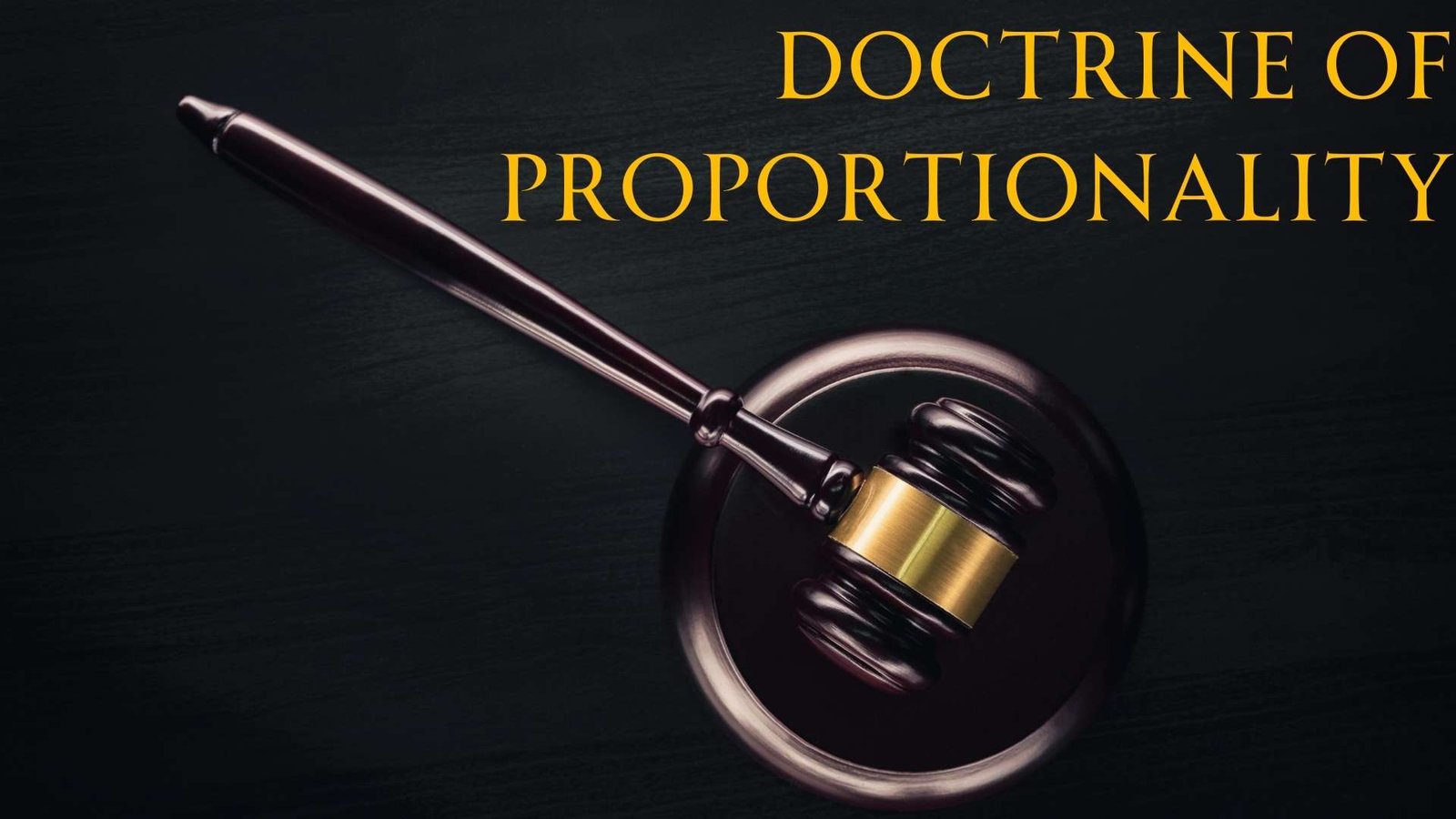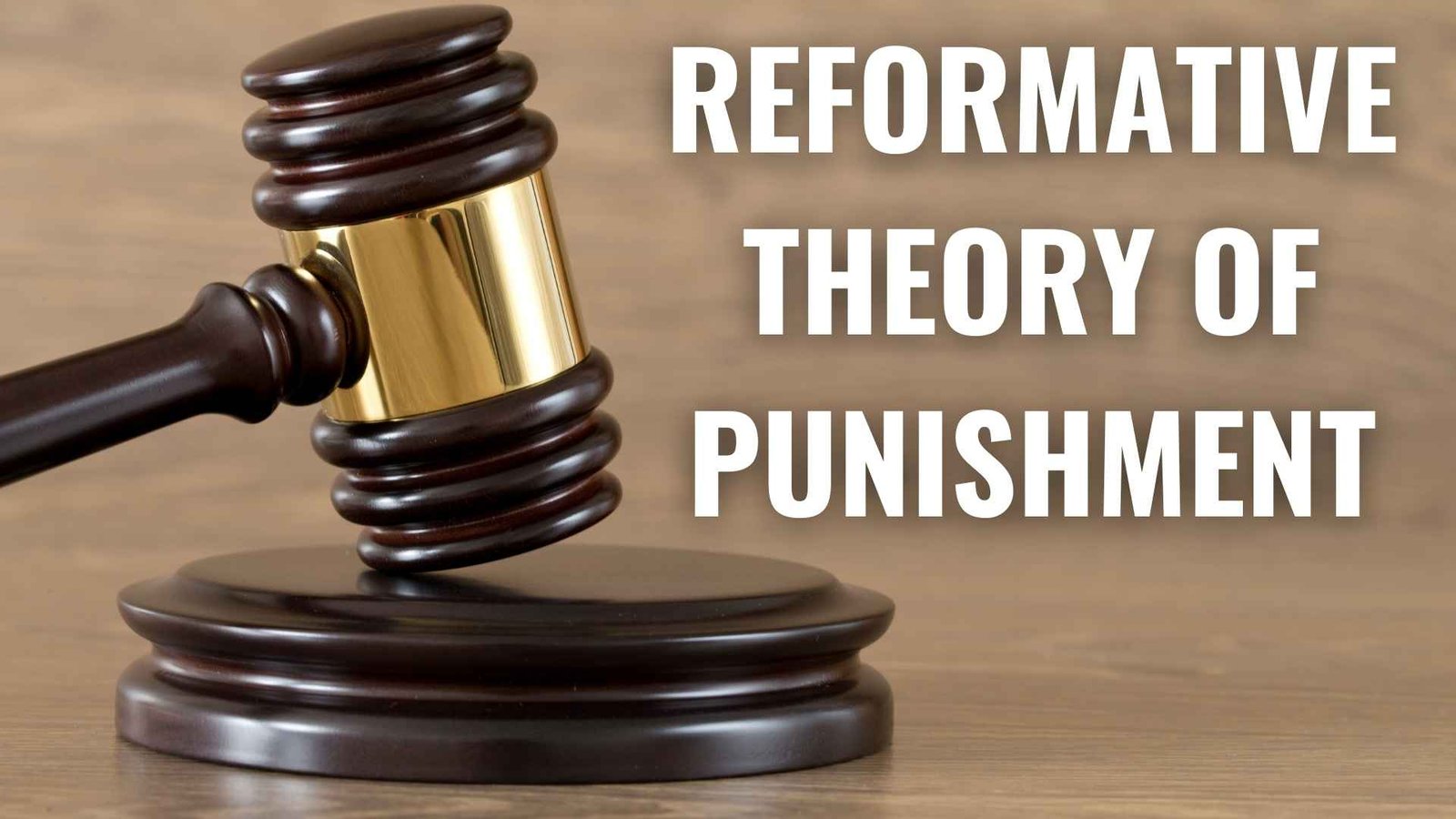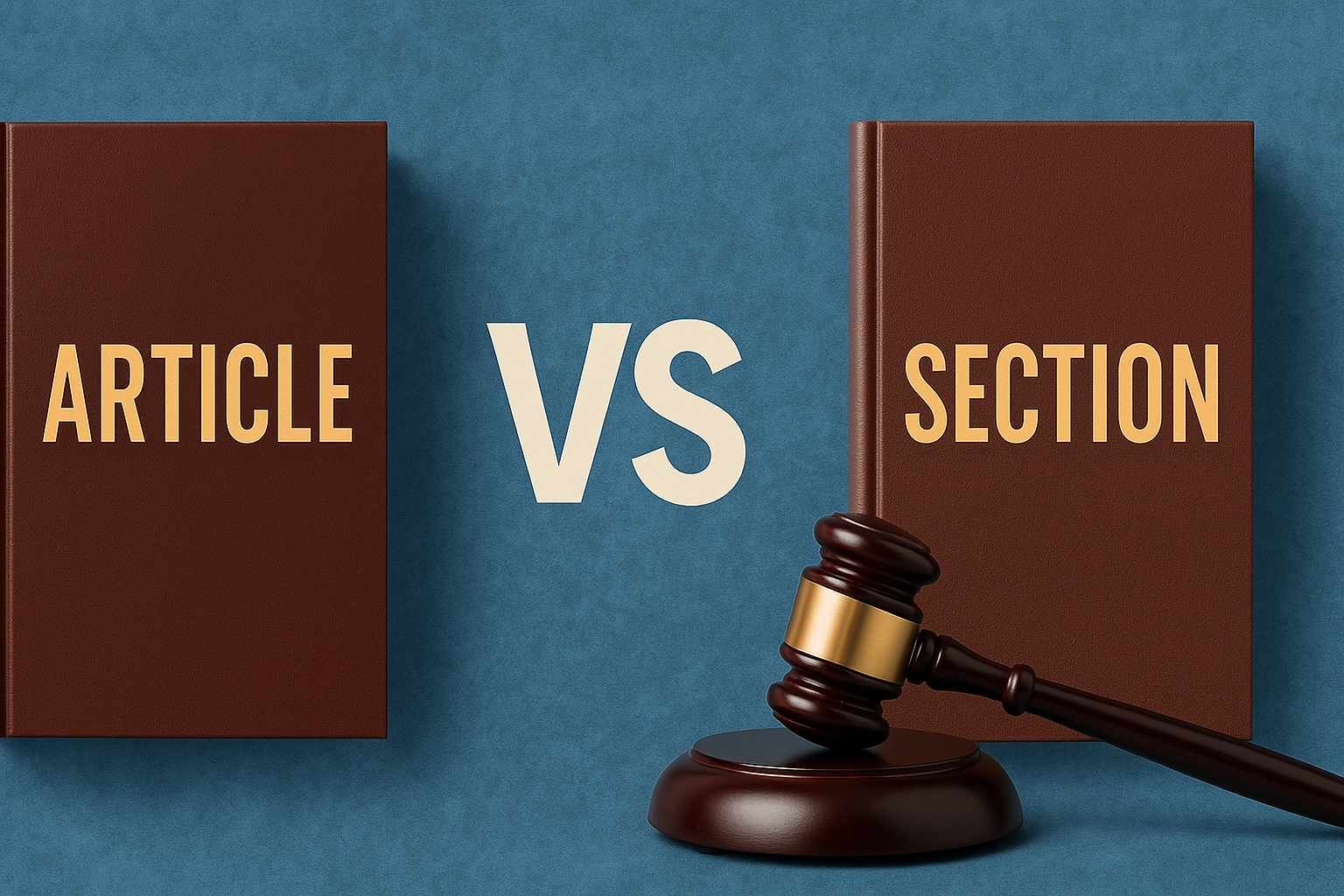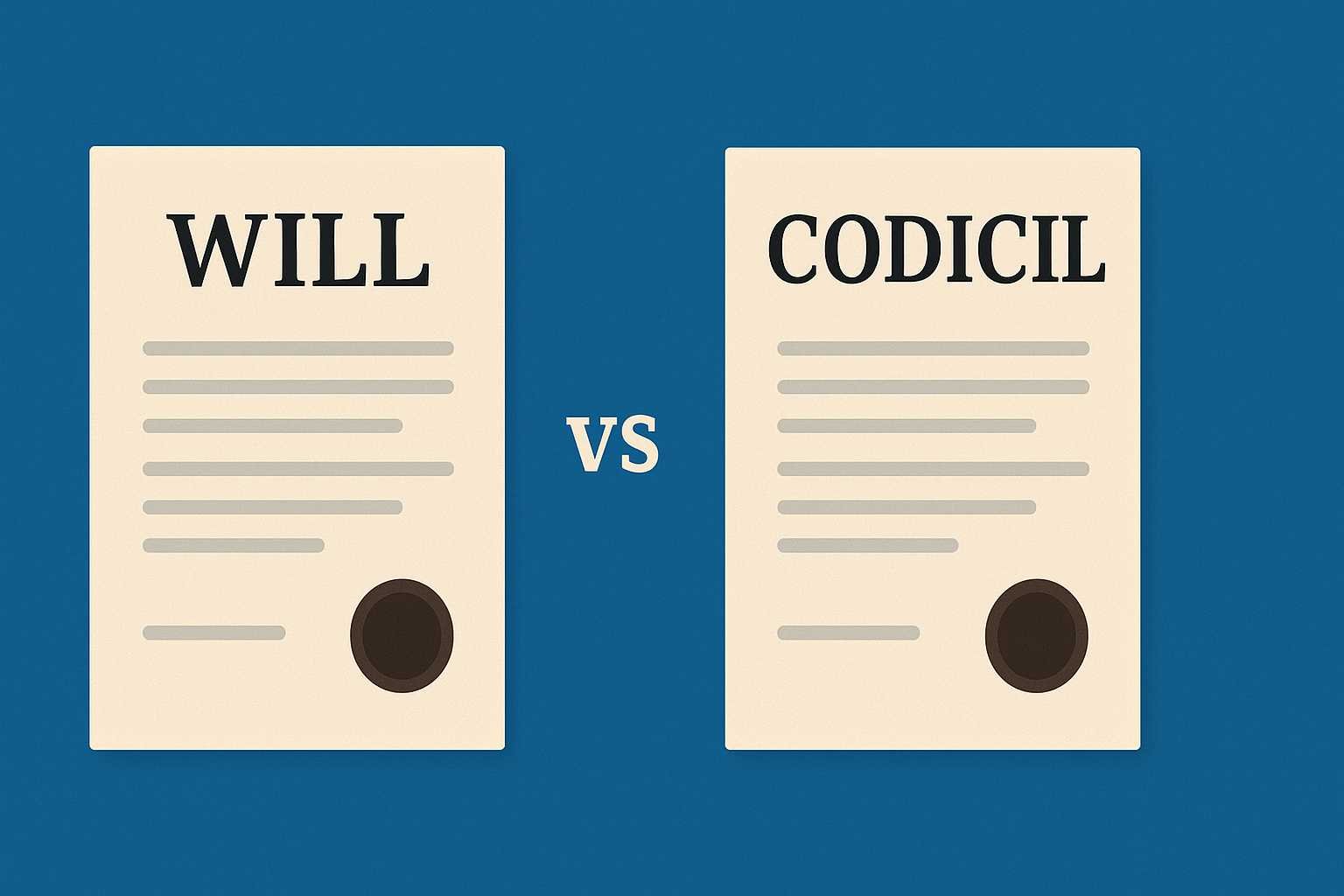On this page you will read detailed information about Doctrine of Proportionality in Law.
As you delve into the complexities of legal principles, you’ll encounter the doctrine of proportionality—a cornerstone of modern jurisprudence. This fundamental concept serves as a safeguard against excessive government action, ensuring that any limitations on individual rights are justified and appropriate. Understanding this doctrine is crucial for legal professionals, policymakers, and informed citizens alike. In this article, you’ll explore the origins, applications, and significance of proportionality in law. By grasping its nuances, you’ll gain valuable insight into how courts balance competing interests and protect fundamental rights in an ever-evolving legal landscape.
What is the Doctrine of Proportionality?
The doctrine of proportionality is a fundamental legal principle that plays a crucial role in balancing governmental actions with individual rights. This doctrine requires that any measures taken by authorities must be proportionate, necessary, and the least restrictive means to achieve a legitimate aim. It serves as a safeguard against excessive or arbitrary use of state power.
Core Elements of Proportionality
The doctrine of proportionality typically involves a multi-part test to assess the constitutionality of government actions. According to legal experts, this test generally includes four key components:
- Legitimate goal: The measure must have a valid objective.
- Rational connection: There should be a logical link between the action and its intended purpose.
- Necessity: The measure should be the least intrusive option available.
- Balancing: The impact on individual rights should not be disproportionate to the benefits gained.
Application in Different Legal Systems
The doctrine of proportionality has been adopted and interpreted differently across various legal systems. In India, for instance, the Supreme Court has applied this principle since 1950, though it is not a standalone doctrine. The Court has emphasized a nuanced approach, particularly in cases involving fundamental rights.
In contrast, the European model of proportionality follows a more structured four-stage approach, including legitimacy, suitability, necessity, and fair balance. This demonstrates how the doctrine can be adapted to suit different legal contexts and cultural norms.
Significance and Challenges
The doctrine of proportionality serves as a vital tool for judicial review, ensuring that state actions strike a balance between achieving legitimate goals and preserving individual liberties. However, its application faces challenges, including the lack of clear parameters to determine proportionality and the potential for inconsistent application.
As legal systems continue to evolve, the doctrine of proportionality remains a critical concept in shaping the relationship between state power and individual rights.
Origins and Development of the Proportionality Principle
Ancient Roots
The doctrine of proportionality has deep historical roots, tracing back to ancient philosophical concepts of justice. Classical Greek ideas of corrective and distributive justice laid the foundation for proportionality as a rational concept. These early notions emphasized the importance of balance and fairness in legal matters.
Medieval and Enlightenment Evolution
During the Middle Ages, the principle of proportionality continued to evolve. By 1215, the Magna Carta had enshrined the idea that punishments should be proportional to the offense. St. Thomas Aquinas further developed this concept, which also found application in the “Just War” doctrine of international law.
The Enlightenment era brought significant advancements to the doctrine of proportionality. Thinkers like Sir William Blackstone argued that civil liberty should only be constrained as necessary for the public good, reflecting the emerging principle of proportionality in governance.
Modern Legal Framework
The modern legal framework of the doctrine of proportionality began to take shape in the late 19th century. German administrative courts first developed the concept to limit police discretion. This principle was later popularized and applied in the jurisprudence of the Federal Constitutional Court of Germany, becoming a crucial requirement for statutes limiting fundamental rights.
In contemporary legal systems, the doctrine of proportionality has become a cornerstone of constitutional interpretation and human rights protection. The European Court of Human Rights, for instance, utilizes the proportionality principle as a key tool for scrutinizing actions by national authorities that restrict rights under the European Convention on Human Rights. This evolution demonstrates how the ancient concept of proportionality has been refined and adapted to meet the complex legal challenges of the modern world.
How the Proportionality Test is Applied
The doctrine of proportionality is a crucial legal principle applied through a structured test to balance competing interests and rights. This test typically involves four key steps that courts use to evaluate the legitimacy and necessity of government actions or legal measures.
Legitimate Aim
The first step in applying the proportionality test is to determine whether the measure in question has a legitimate aim. According to the European Data Protection Supervisor, this requires objective evidence to justify any limitation on fundamental rights, such as data protection.
Suitability and Necessity
Once a legitimate aim is established, the court assesses the suitability and necessity of the measure. As outlined in the principle of proportionality in EU law, the measure must be both suitable to achieve the aim and necessary, with no less restrictive alternatives available.
Balancing and Proportionality Stricto Sensu
The final and often most challenging step is balancing the competing interests, also known as proportionality stricto sensu. This involves weighing the satisfaction of the right being upheld against the damage to the right being limited. The weight formula developed by Alexy provides a structured approach to this balancing act, considering factors such as:
- The intensity of interference with a principle
- The abstract weight of the principles involved
- The reliability of empirical assumptions
Challenges in Application
While the doctrine of proportionality offers a systematic approach to resolving legal conflicts, its application is not without challenges. The main criticism, as noted by legal scholars, is the “incommensurability problem” – the difficulty in comparing and balancing fundamentally different rights that cannot be easily quantified.
Balancing Competing Interests
The doctrine of proportionality serves as a crucial tool in legal systems worldwide, helping to strike a delicate balance between conflicting rights and interests. This principle requires that any limitations on individual freedoms must be proportionate to the legitimate aims pursued by the state.
In the previous post, we had shared information about Exploring the Reformative Theory of Punishment, so read that post also.
Weighing Rights and Public Interest
When applying the doctrine of proportionality, courts must carefully weigh the importance of individual rights against the broader public interest. This process involves a nuanced evaluation of the competing factors at play. According to the Yale Law Journal, proportionality analysis promotes “transparent and consistent decision-making” in constitutional law cases.
Structured Analysis Framework
The doctrine of proportionality typically involves a structured, multi-step analysis:
- Legitimate aim: Is the government’s objective valid?
- Suitability: Can the measure achieve the intended goal?
- Necessity: Are there less restrictive alternatives available?
- Proportionality stricto sensu: Do the benefits outweigh the costs?
This framework helps ensure that government actions are justified and do not excessively infringe on individual liberties.
Varying Applications Across Legal Systems
While the doctrine of proportionality is widely recognized, its application varies across different legal systems. In the United States, for example, proportionality principles are often implicit in “balancing” tests and “levels of scrutiny” doctrines, rather than being explicitly labeled as proportionality analysis. Nevertheless, the underlying concept remains similar: ensuring that government measures are not excessive in relation to their intended goals.
By providing a structured approach to resolving conflicts between individual rights and societal interests, the doctrine of proportionality plays a vital role in maintaining the delicate balance essential to a just legal system.
Proportionality in Constitutional Law
The doctrine of proportionality plays a crucial role in constitutional law, serving as a fundamental principle for balancing competing interests and rights. This concept is essential for ensuring that government actions and laws are reasonable, necessary, and justified in relation to their objectives.
Balancing Fundamental Rights
When applying the doctrine of proportionality in constitutional cases, courts must carefully weigh the importance of protecting individual rights against the broader societal interests pursued by the government. This balancing act requires judges to consider whether the infringement on a particular right is proportionate to the legitimate aim being sought.
For instance, in cases involving freedom of speech, courts may need to determine if restrictions on expression are justified by compelling state interests, such as national security or public safety. The doctrine of proportionality provides a framework for making these complex determinations.
Assessing Government Actions
Constitutional courts also use the principle of proportionality to evaluate the legality and legitimacy of government actions. This assessment typically involves a multi-step analysis:
- Legitimate aim: Does the government action pursue a valid objective?
- Suitability: Is the measure capable of achieving the intended goal?
- Necessity: Is there a less restrictive alternative available?
- Proportionality stricto sensu: Do the benefits outweigh the costs to individual rights?
By applying these criteria, courts can ensure that state power is exercised in a manner that respects constitutional principles and protects fundamental rights.
International Influence
The doctrine of proportionality has gained widespread acceptance in constitutional jurisprudence around the world. Many countries have incorporated this principle into their legal systems, recognizing its value in promoting fairness, justice, and the rule of law. As a result, the concept has become an essential tool for constitutional interpretation and review in diverse legal traditions.
Proportionality in Human Rights Law
The doctrine of proportionality plays a crucial role in human rights law, serving as a key principle for balancing individual rights against broader societal interests. This concept ensures that any limitations on human rights are justified, necessary, and proportionate to the legitimate aims being pursued.
Application in International and Domestic Courts
International tribunals and national courts frequently apply the doctrine of proportionality when assessing potential human rights violations. For instance, the European Court of Human Rights uses a structured proportionality test to evaluate whether state actions infringing on individual rights are justified. Similarly, the South African Constitutional Court has adopted a ‘reasonableness’ standard for adjudicating economic and social rights, which incorporates elements of proportionality.
Balancing Rights and Public Interest
The principle of proportionality requires public bodies to make decisions that are lawful, legitimate, and the least restrictive option available. According to the British Institute of Human Rights, this approach ensures that individual circumstances are considered and blanket restrictions are avoided. Courts use proportionality to assess whether limitations on human rights are justified, as seen in cases like Re P & Others and S & Marper v UK.
Challenges in Application
Despite its importance, applying the doctrine of proportionality in human rights law is not without challenges. The culturally specific logic of proportionality in different legal systems can lead to varying interpretations and applications. Additionally, in situations of internal disturbances or counter-terrorism efforts, striking the right balance between national security and individual rights remains a complex task for courts and policymakers alike.
Proportionality in Criminal Law
Balancing Punishment and Crime Severity
The doctrine of proportionality plays a crucial role in criminal law, ensuring that punishments are commensurate with the severity of the crimes committed. This principle, rooted in the concept of justice, aims to prevent excessive or arbitrary penalties that could violate constitutional protections against cruel and unusual punishment. According to the U.S. Supreme Court, the Eighth Amendment implicitly requires that punishments be proportionate to the offense.
Historical Context and Evolution
The idea of proportionality in sentencing dates back to the Magna Carta, reflecting a longstanding concern for fairness in criminal justice. Over time, courts have grappled with how to apply this principle consistently. In landmark cases like Weems v. United States, the Supreme Court struck down disproportionate sentences, establishing precedents for future rulings on the doctrine of proportionality.
Challenges in Application
Applying the doctrine of proportionality in criminal law is not without challenges. Courts must consider various factors, including:
- The nature and gravity of the offense
- The defendant’s criminal history
- Societal norms and evolving standards of decency
- Legislative intent behind sentencing guidelines
Recent legal scholarship suggests that a more nuanced understanding of proportionality could yield new perspectives on evaluating the current system of criminal law, policing, and punishment.
Impact on Sentencing Practices
The doctrine of proportionality has significant implications for sentencing practices, particularly in cases involving mandatory minimum sentences or repeat offenders. As noted in a study on criminal sentencing, the adoption of proportionality standards can influence the use of recidivist statutes and impact determinate sentencing movements aimed at reducing crime through increased penalties.
By ensuring that punishments fit the crime, the doctrine of proportionality serves as a crucial safeguard against excessive state power and upholds the principles of justice and fairness in the criminal legal system.
Criticisms and Debates Surrounding Proportionality
The doctrine of proportionality, while widely adopted in constitutional rights law, has faced significant criticism and sparked intense debates among legal scholars. This section explores some of the key objections raised against this principle and the ongoing discussions surrounding its application.
Moral Neutrality and Reasoning
One of the primary criticisms of the doctrine of proportionality is its claim to moral neutrality. Critics argue that the principle itself and its application inherently involve moral reasoning, challenging the notion that it can be applied in a truly neutral manner. According to some scholars, this raises questions about the objectivity of proportionality analysis in constitutional decision-making.
Balancing Incommensurable Values
Another significant debate centers on the challenge of balancing incommensurable values. Critics contend that the doctrine of proportionality requires weighing fundamentally different interests against each other, making the process potentially arbitrary and impressionistic. This criticism highlights the difficulty in establishing a common metric for comparing diverse constitutional values.
Trivialization of Rights
Some scholars argue that the broad interpretation of constitutional rights within the proportionality framework can lead to the trivialization of these rights. This approach, which subjects a large proportion of statutes to proportionality review, may reduce the practical significance of structured discretion and potentially undermine the symbolic importance of constitutional protections.
Judicial Overreach and Legislative Competence
Critics also raise concerns about the potential for judicial overreach when applying the doctrine of proportionality. They argue that this type of review may be more suited to legislative rather than judicial competence, potentially blurring the lines between these branches of government. This debate touches on fundamental questions about the role of courts in interpreting and applying constitutional principles.
FAQs on the Doctrine of Proportionality
The doctrine of proportionality is a fundamental legal principle that requires a balance between the objectives of an action and the means used to achieve them. It originated in 18th century Prussia and has since been adopted in various legal systems worldwide. According to legal experts, the doctrine is based on Greek principles of corrective and distributive justice. In essence, it ensures that any limitations on rights or freedoms are justified, necessary, and proportionate to the intended goal.
The doctrine of proportionality finds application across various legal domains:
i) In administrative law, it requires courts to scrutinize whether administrative actions are proportionate to their intended objectives.
ii) In international humanitarian law, it prohibits attacks that would cause excessive civilian harm compared to the anticipated military advantage.
iii) In criminal law, it ensures that punishments are proportionate to the crimes committed.
As noted by legal scholars, the doctrine’s application in administrative law is still evolving in many jurisdictions, including India.
The essential elements of the doctrine include:
i) A rational connection between the objective and the means used
ii) Necessity of the action with no less restrictive alternative available
iii) A fair balance between the social benefit and potential harm caused
According to the European model, there are four stages to consider: legitimacy, suitability, necessity, and fair balance. This comprehensive approach helps ensure that any restrictions on rights are justified and minimally intrusive.
Several landmark cases have shaped the interpretation and application of the doctrine of proportionality. For instance, in the case of K.S. Puttaswamy vs Union of India (2017), the Supreme Court of India held that any restriction on fundamental rights must conform to the doctrine of proportionality. This requires that state actions have a legislative mandate, serve a legitimate governmental aim, and be necessary for a democratic society with no less intrusive alternatives available.
Conclusion
In conclusion, the doctrine of proportionality serves as a crucial safeguard in legal systems worldwide. As you navigate complex legal landscapes, understanding this principle is essential. It ensures that governmental actions and legal decisions strike a delicate balance between competing interests and rights. By applying the proportionality test, you can evaluate whether measures taken are necessary, suitable, and proportionate to their objectives. Remember that this doctrine is not static; it evolves with societal changes and emerging challenges. As you encounter legal issues in your professional or personal life, consider how proportionality might apply. Ultimately, this principle helps maintain fairness, justice, and the protection of fundamental rights in modern legal frameworks.
Disclaimer
The information and services on this website are not intended to and shall not be used as legal advice. You should consult a Legal Professional for any legal or solicited advice. While we have good faith and our own independent research to every information listed on the website and do our best to ensure that the data provided is accurate. However, we do not guarantee the information provided is accurate and make no representation or warranty of any kind, express or implied, regarding the accuracy, adequacy, validity, reliability, availability, or completeness of any information on the Site. UNDER NO CIRCUMSTANCES SHALL WE HAVE ANY LIABILITY TO YOU FOR ANY LOSS OR DAMAGE OF ANY KIND INCURRED AS A RESULT OR RELIANCE ON ANY INFORMATION PROVIDED ON THE SITE. YOUR USE OF THE SITE AND YOUR RELIANCE ON ANY INFORMATION ON THE SITE IS SOLELY AT YOUR OWN RISK. Comments on this website are the sole responsibility of their writers so the accuracy, completeness, veracity, honesty, factuality and politeness of comments are not guaranteed.
So friends, today we talked about Doctrine of Proportionality in Law, hope you liked our post.
If you liked the information about Doctrine of Proportionality in Law, then definitely share this article with your friends.
Knowing about laws can make you feel super smart ! If you find value in the content you may consider joining our not for profit Legal Community ! You can ask unlimited questions on WhatsApp and get answers. You can DM or send your name & number to 8208309918 on WhatsApp








